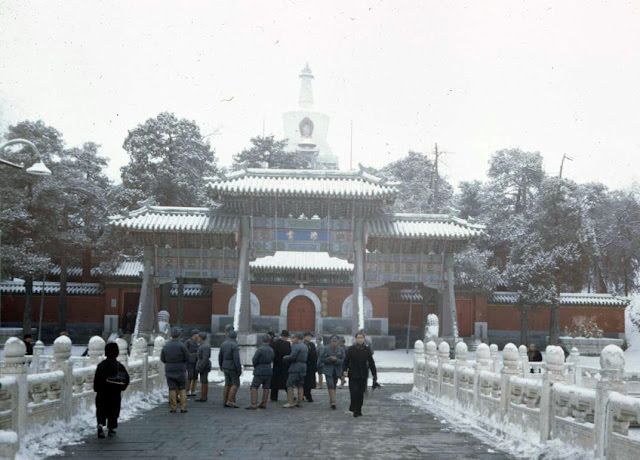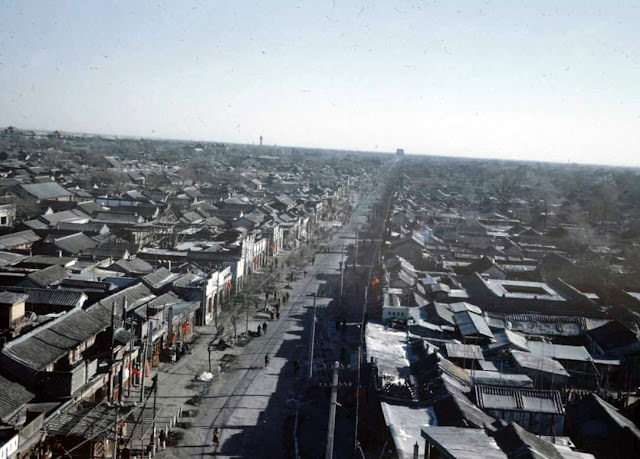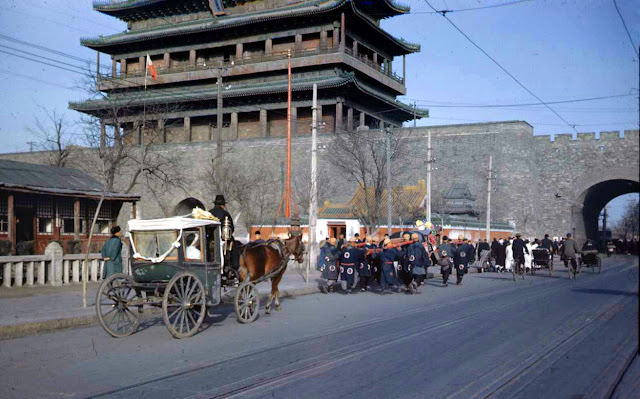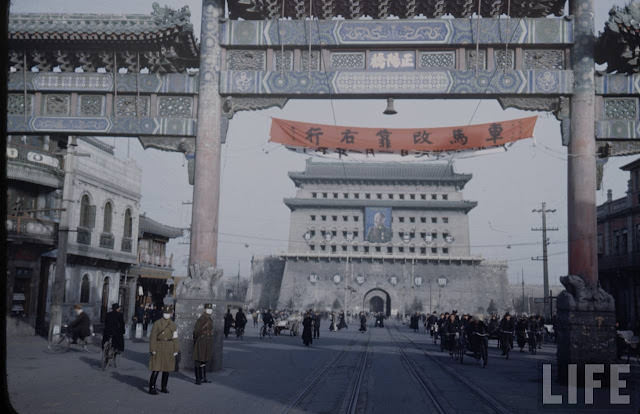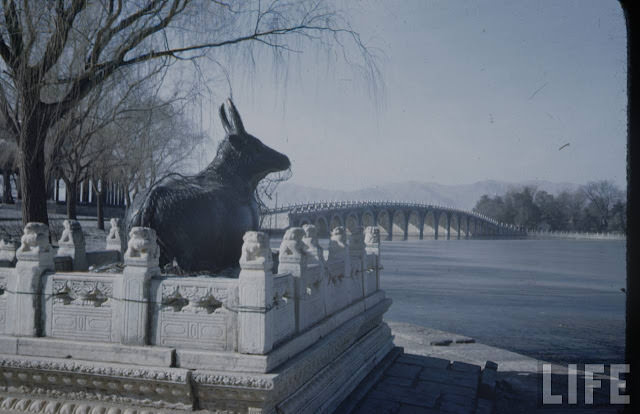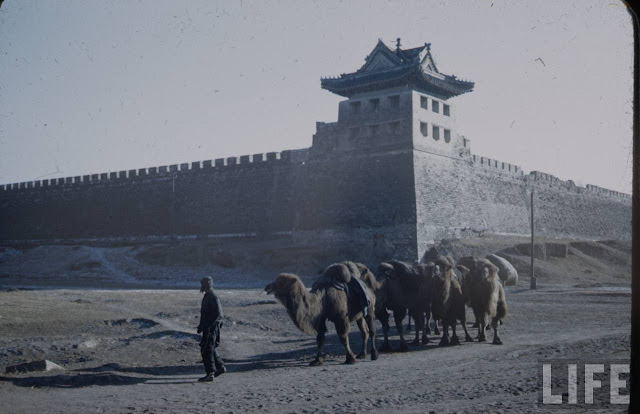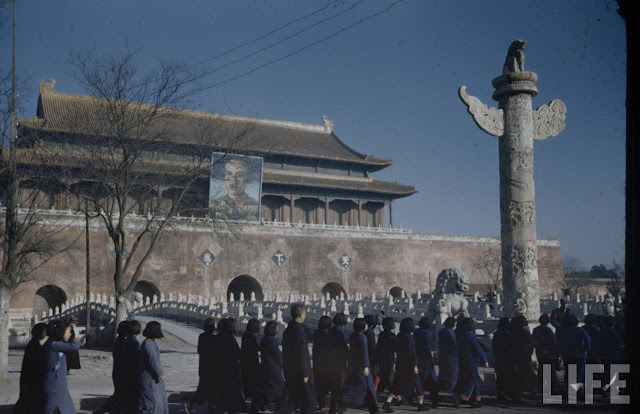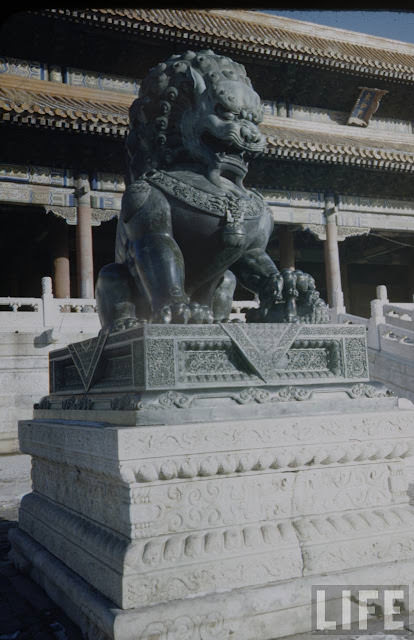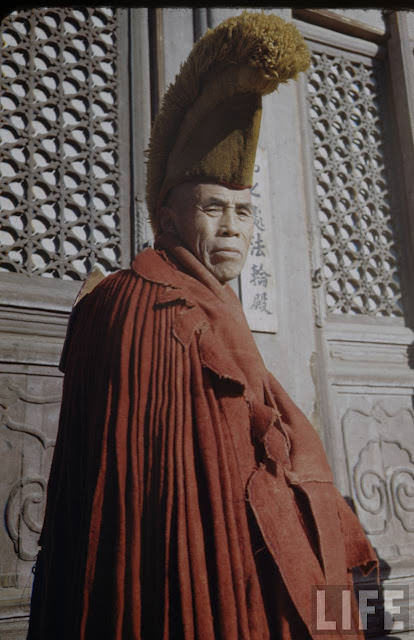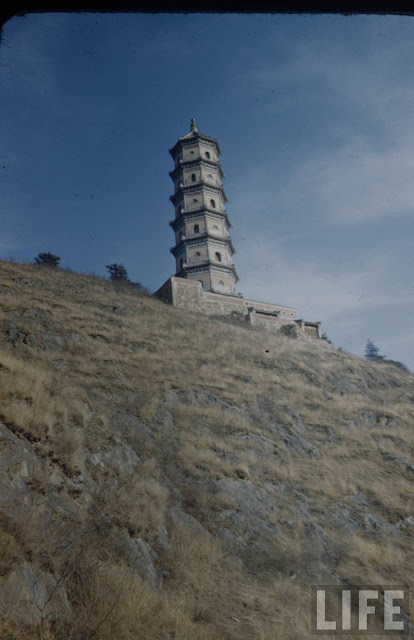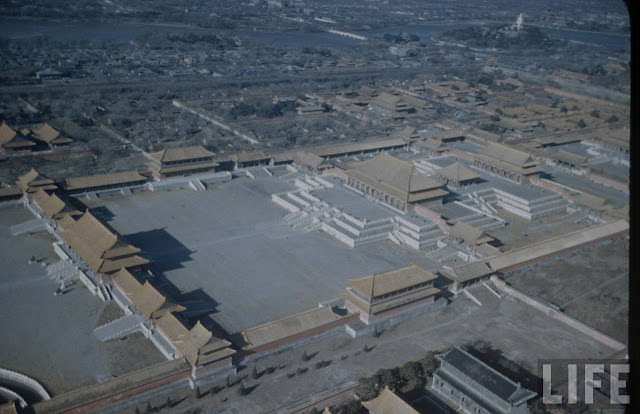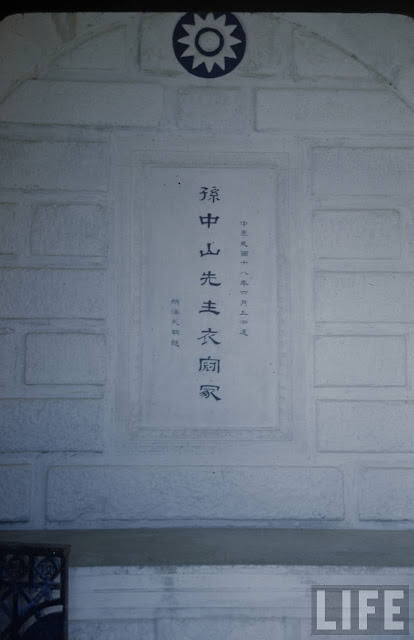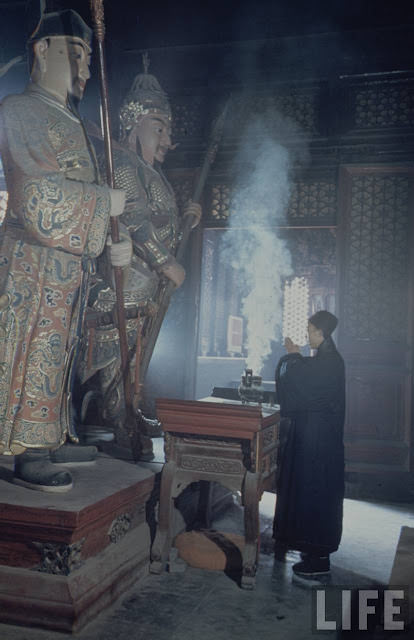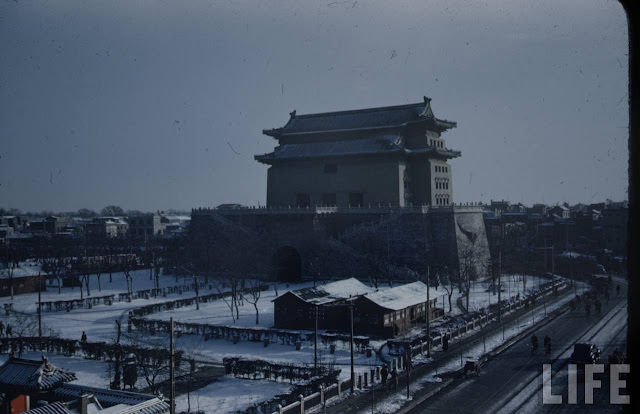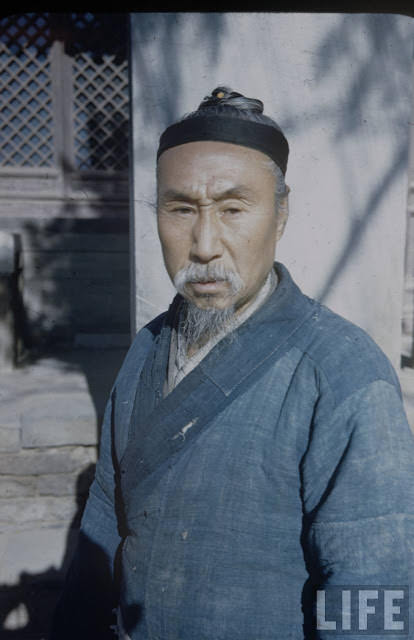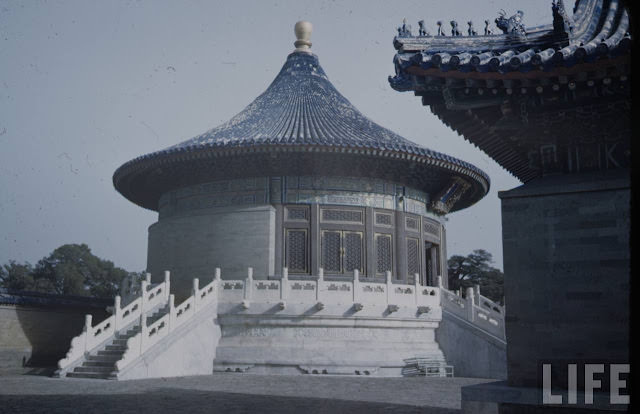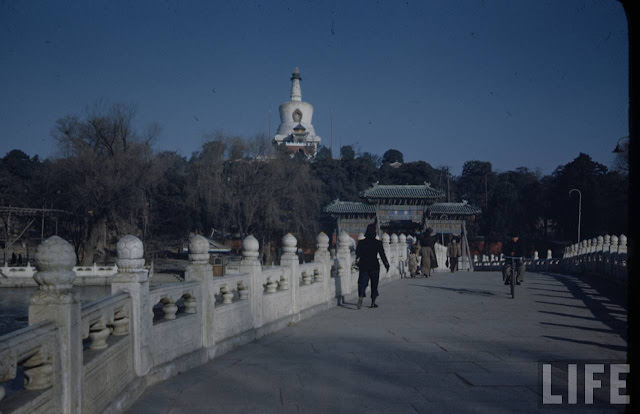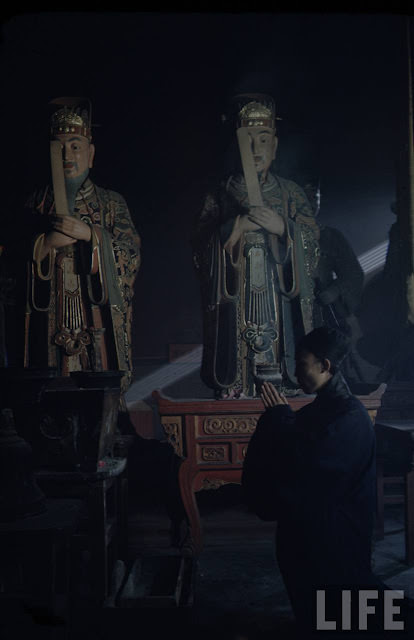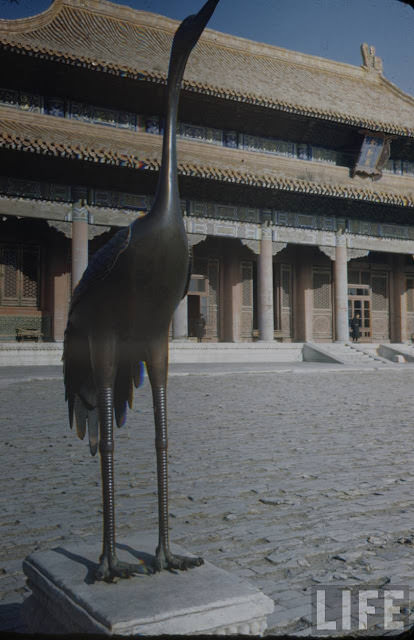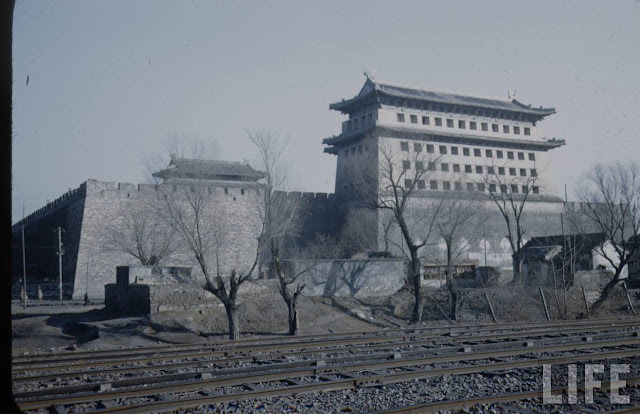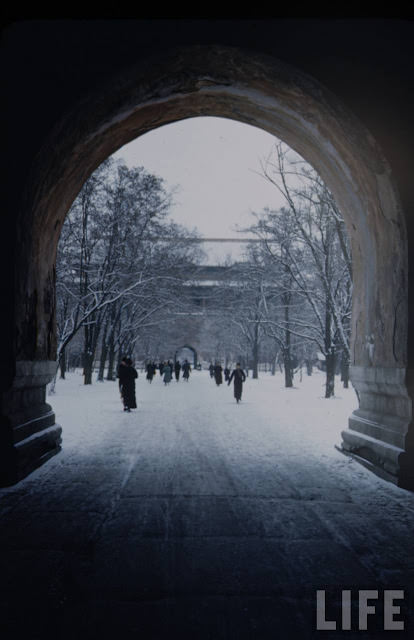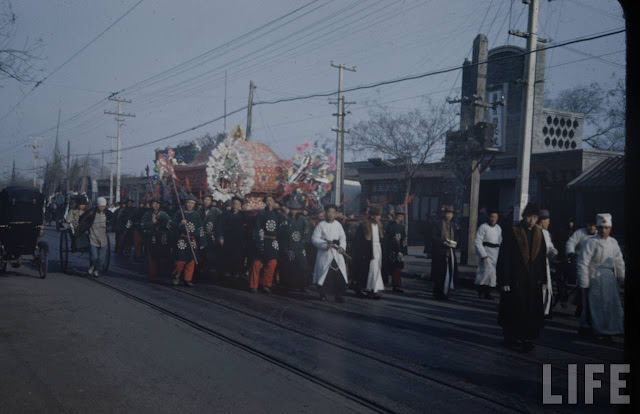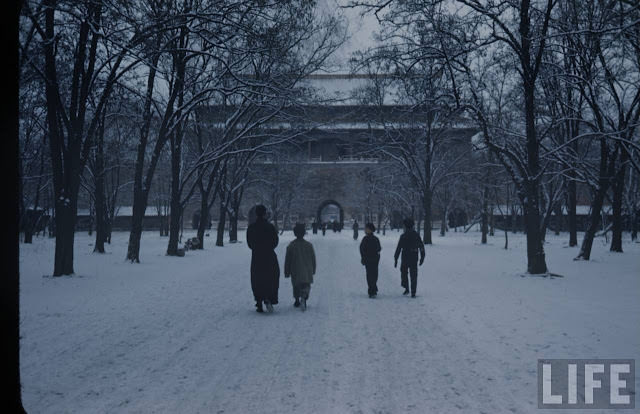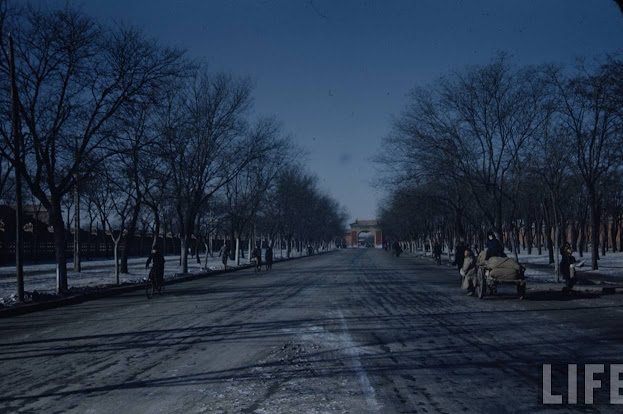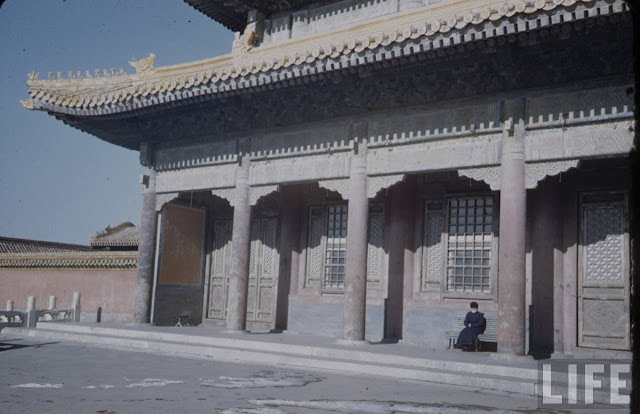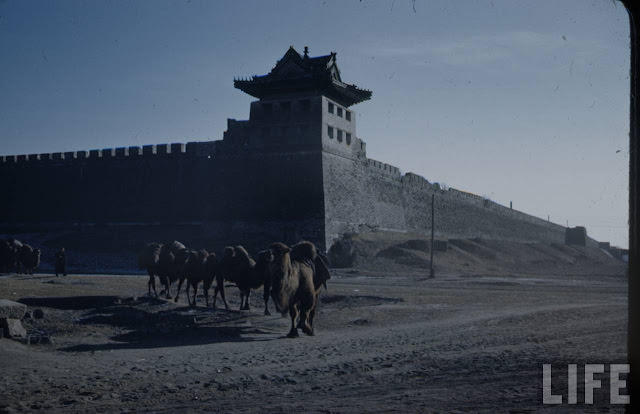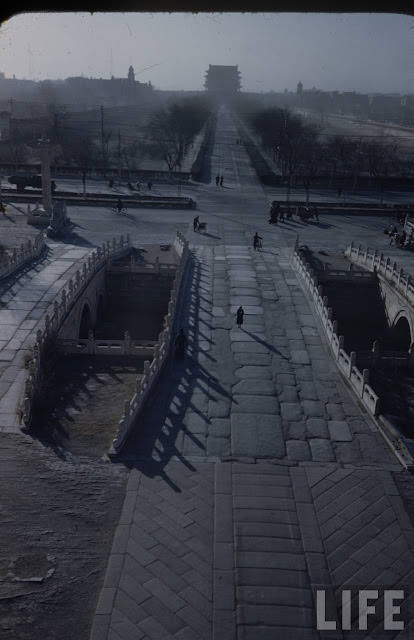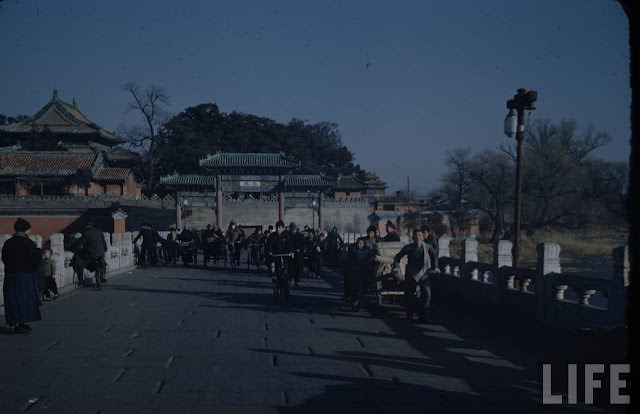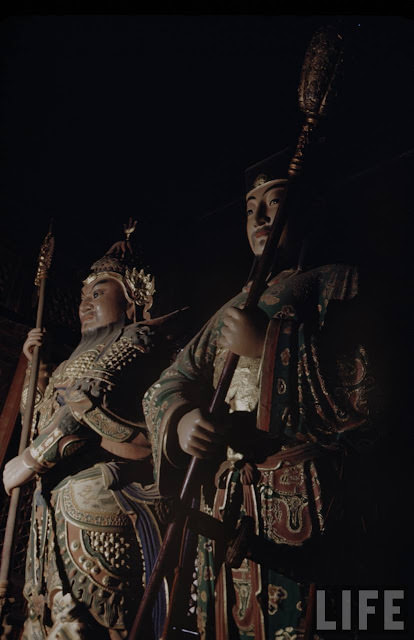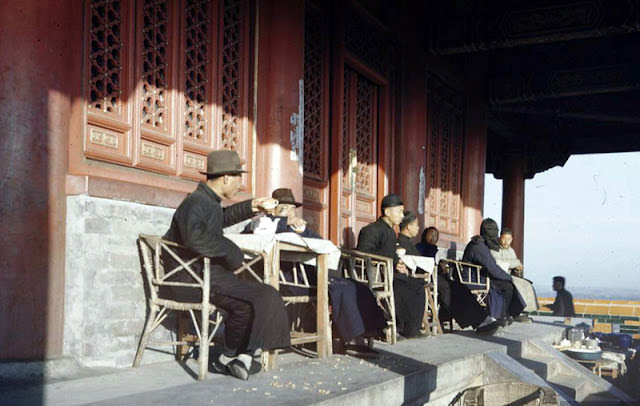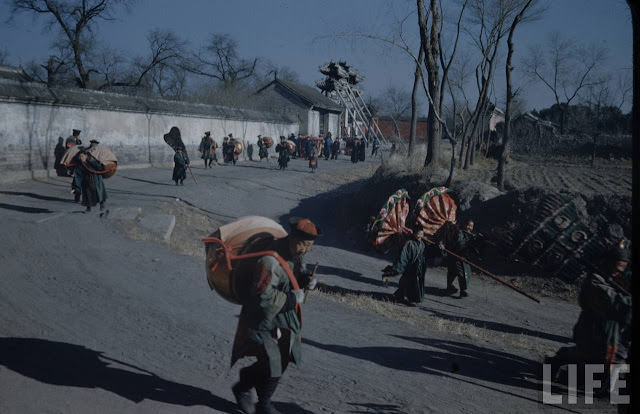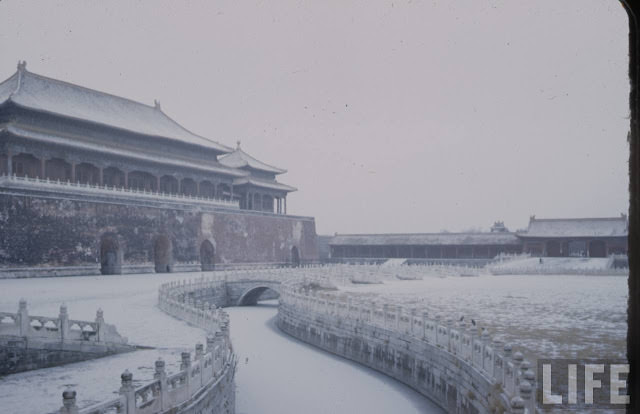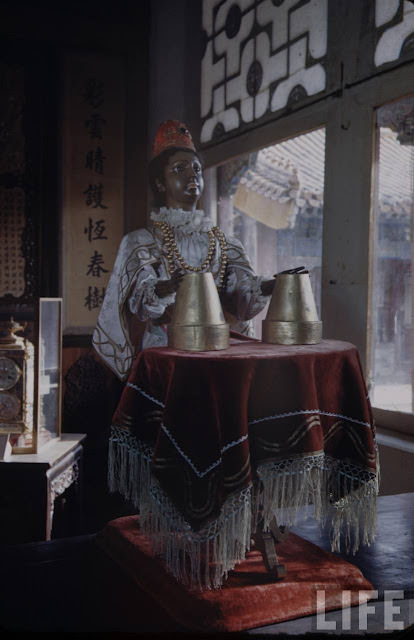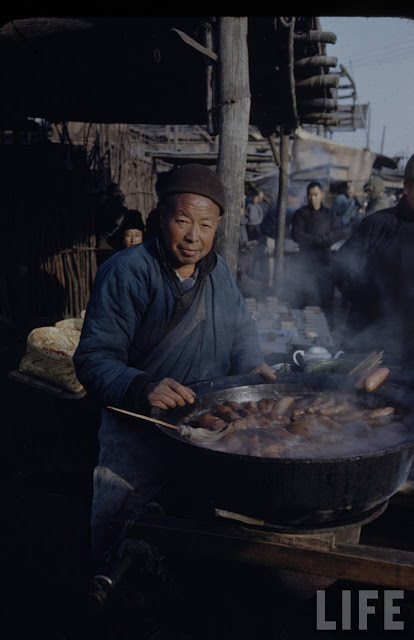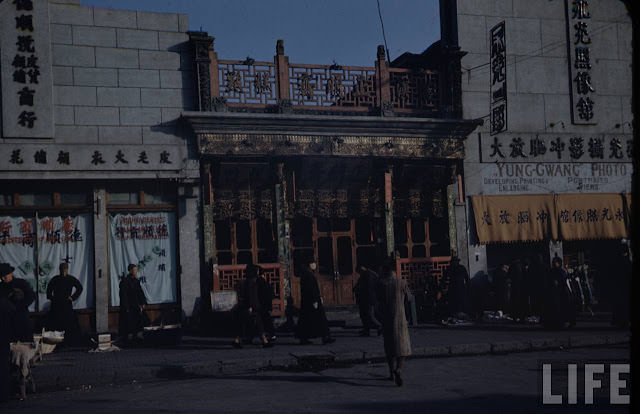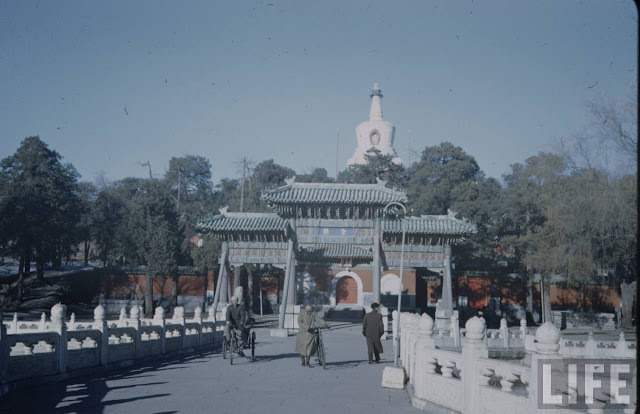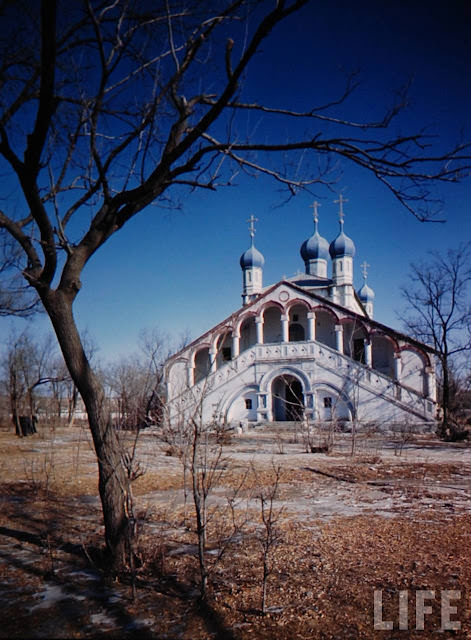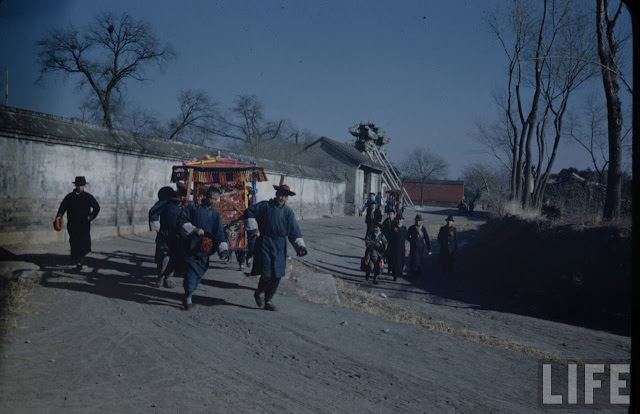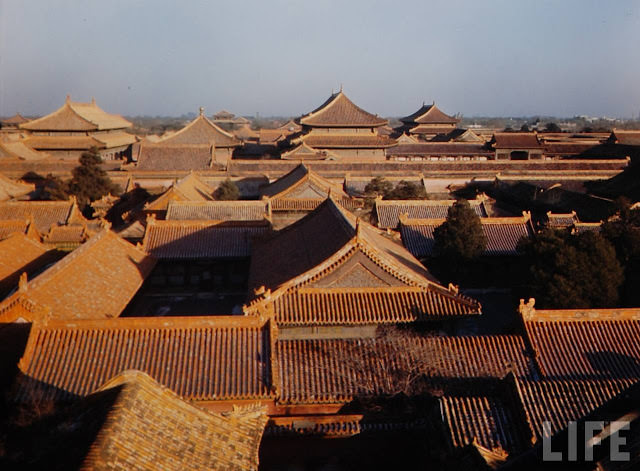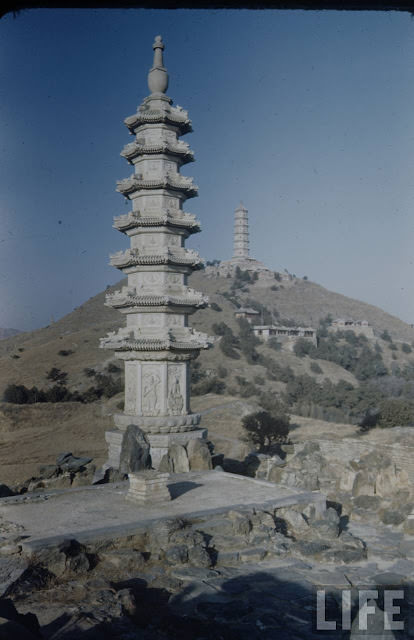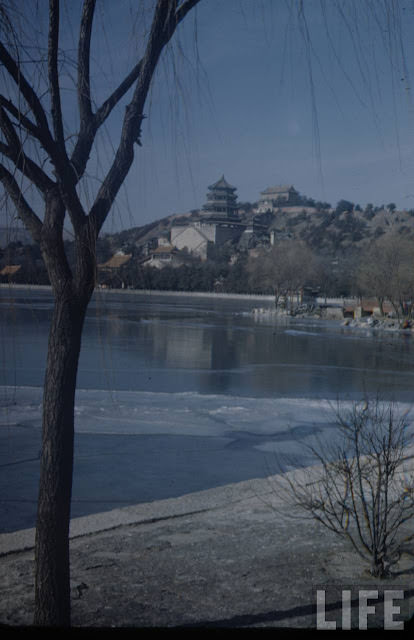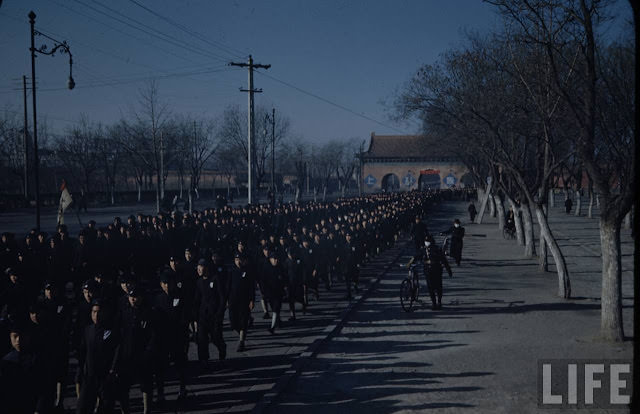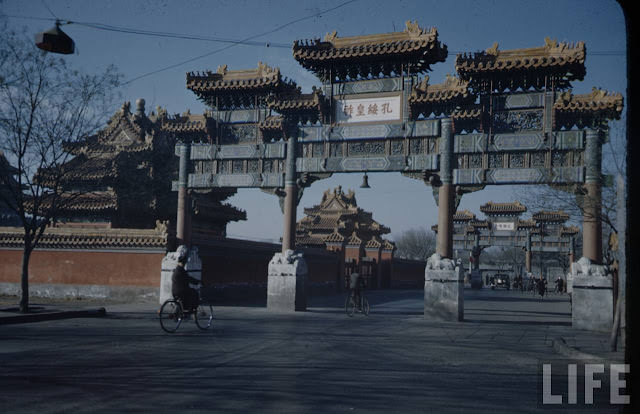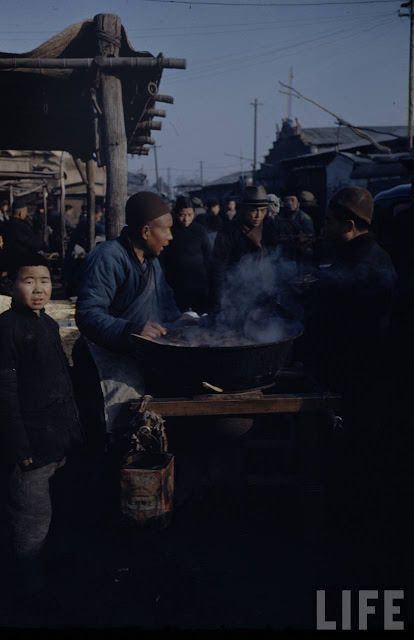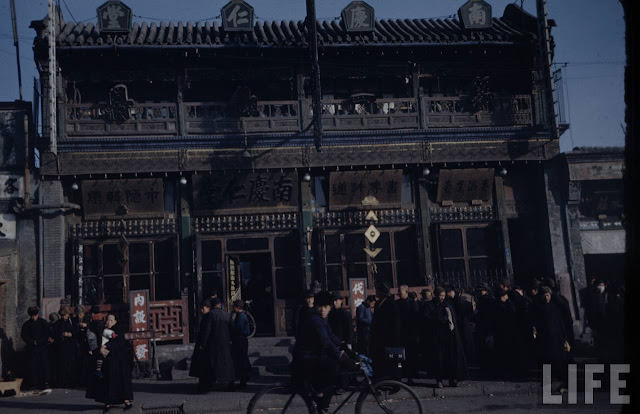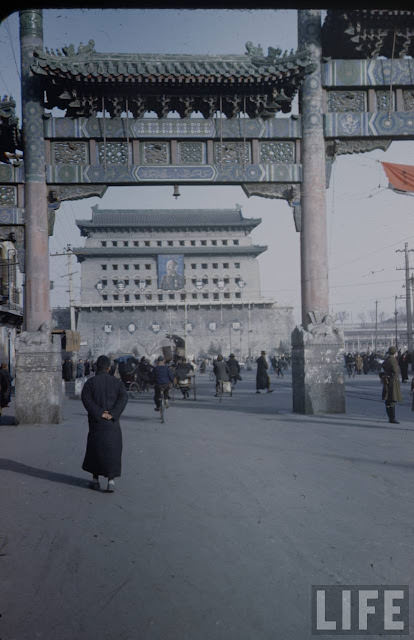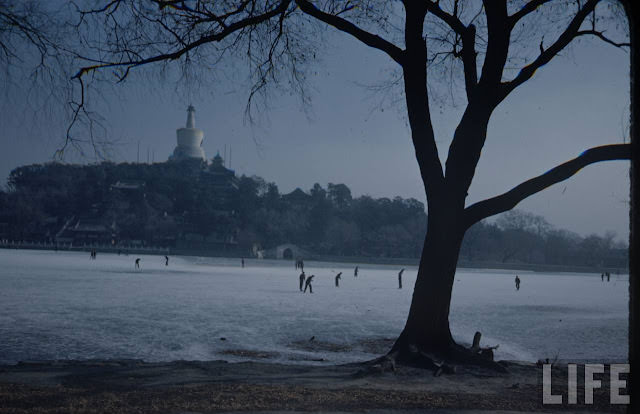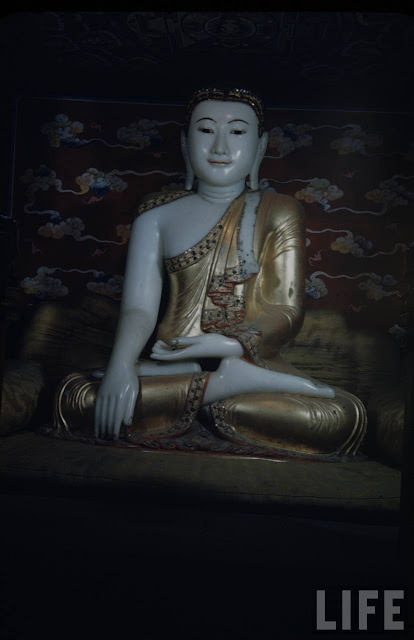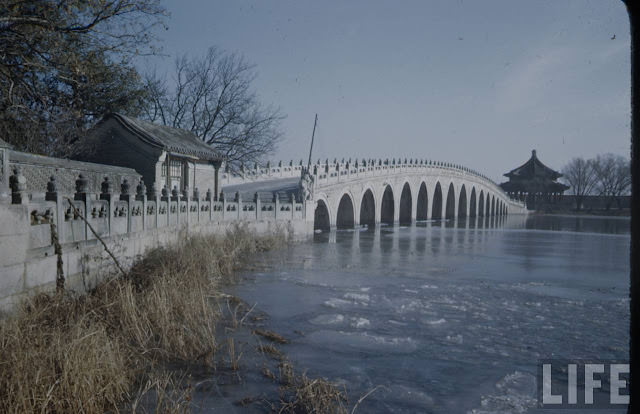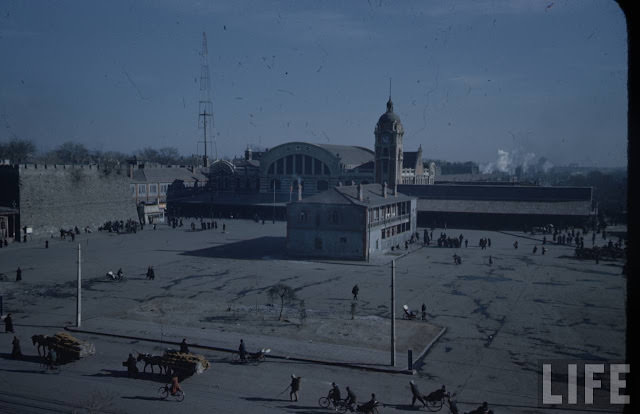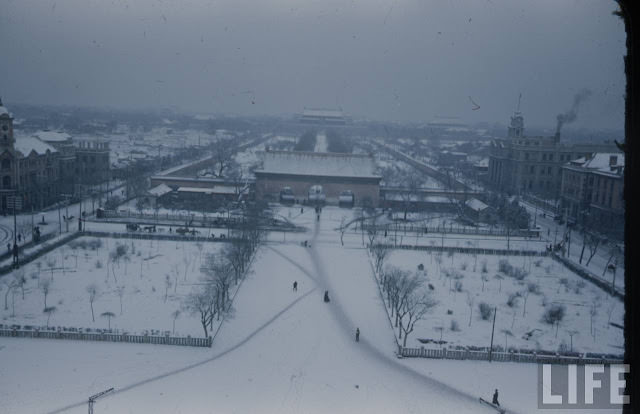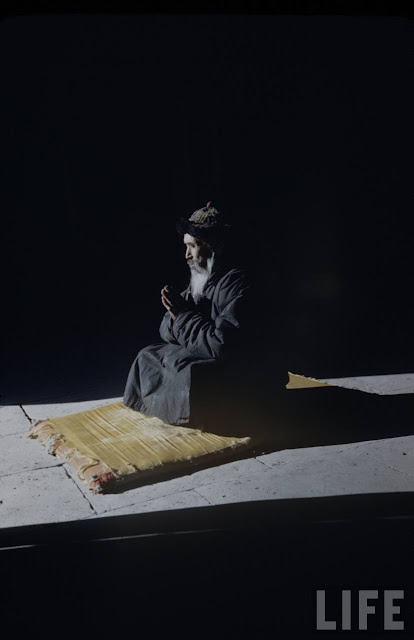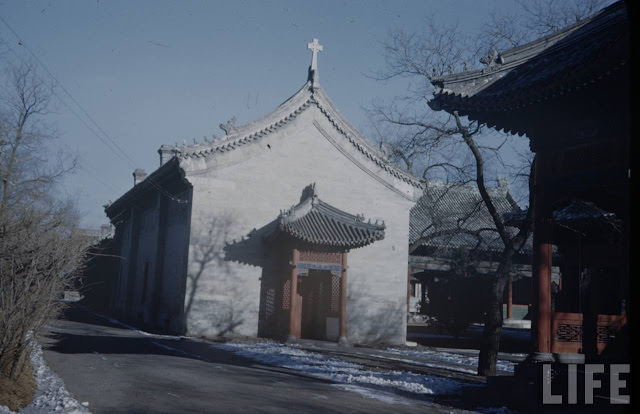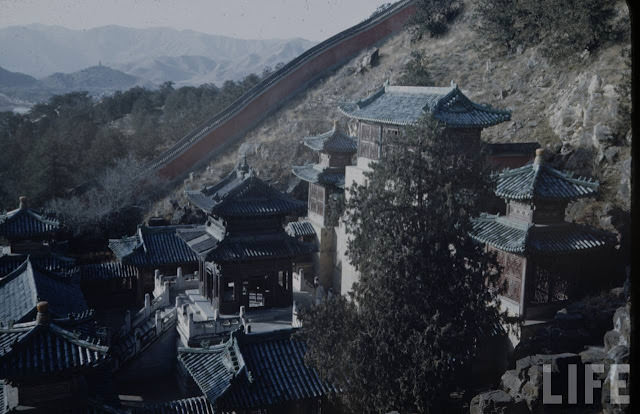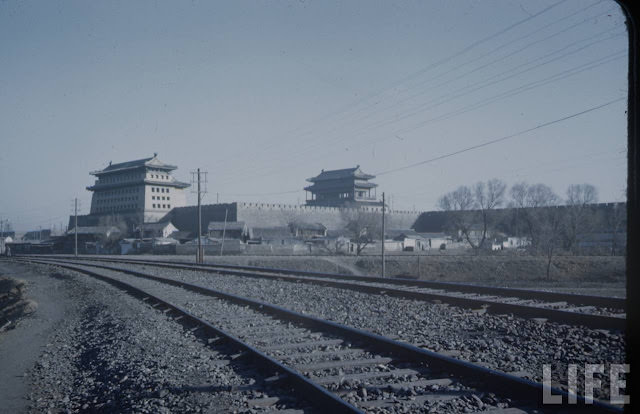The 1940s was a challenging decade for Beijing, a city steeped in centuries of history yet facing rapid change. War, political upheaval, and societal shifts transformed the city’s landscape and the lives of its inhabitants. A glimpse into this era reveals a fascinating mix of old and new, tradition and modernity, struggle and resilience.
The decade opened with Beijing still under Japanese occupation, a grim reality of World War II. Streets once bustling with activity were now patrolled by soldiers, and the city’s iconic landmarks bore the scars of war. Yet, life went on, albeit under a cloud of uncertainty and fear.
The Rise of Communism
The end of World War II brought a new wave of change to Beijing. The Chinese Communist Party, led by Mao Zedong, emerged victorious in the civil war, establishing the People’s Republic of China in 1949. This marked a turning point in the city’s history, ushering in an era of socialist transformation.
The city’s streets became a stage for political rallies and parades, with red banners and slogans adorning buildings and walls. Images from this time capture the fervor and excitement of the revolution, as well as the anxieties and uncertainties that accompanied it.
Everyday Life in a Changing City
Despite the political turmoil, everyday life in Beijing continued. Markets bustled with activity, rickshaws navigated narrow streets, and traditional courtyard homes provided a haven from the city’s chaos.
However, change was evident even in the most mundane aspects of life. Western clothing styles began to appear alongside traditional Chinese garments, and new technologies like bicycles and radios gradually made their way into people’s homes.
The city’s rich cultural heritage remained an integral part of its identity. Traditional festivals, such as Chinese New Year and the Mid-Autumn Festival, continued to be celebrated with gusto, and the city’s many temples and palaces remained important cultural and religious sites.
As the 1940s ended, Beijing stood on the cusp of a new era. The establishment of the People’s Republic of China marked the beginning of a period of immense transformation, with far-reaching consequences for the city and its people.


